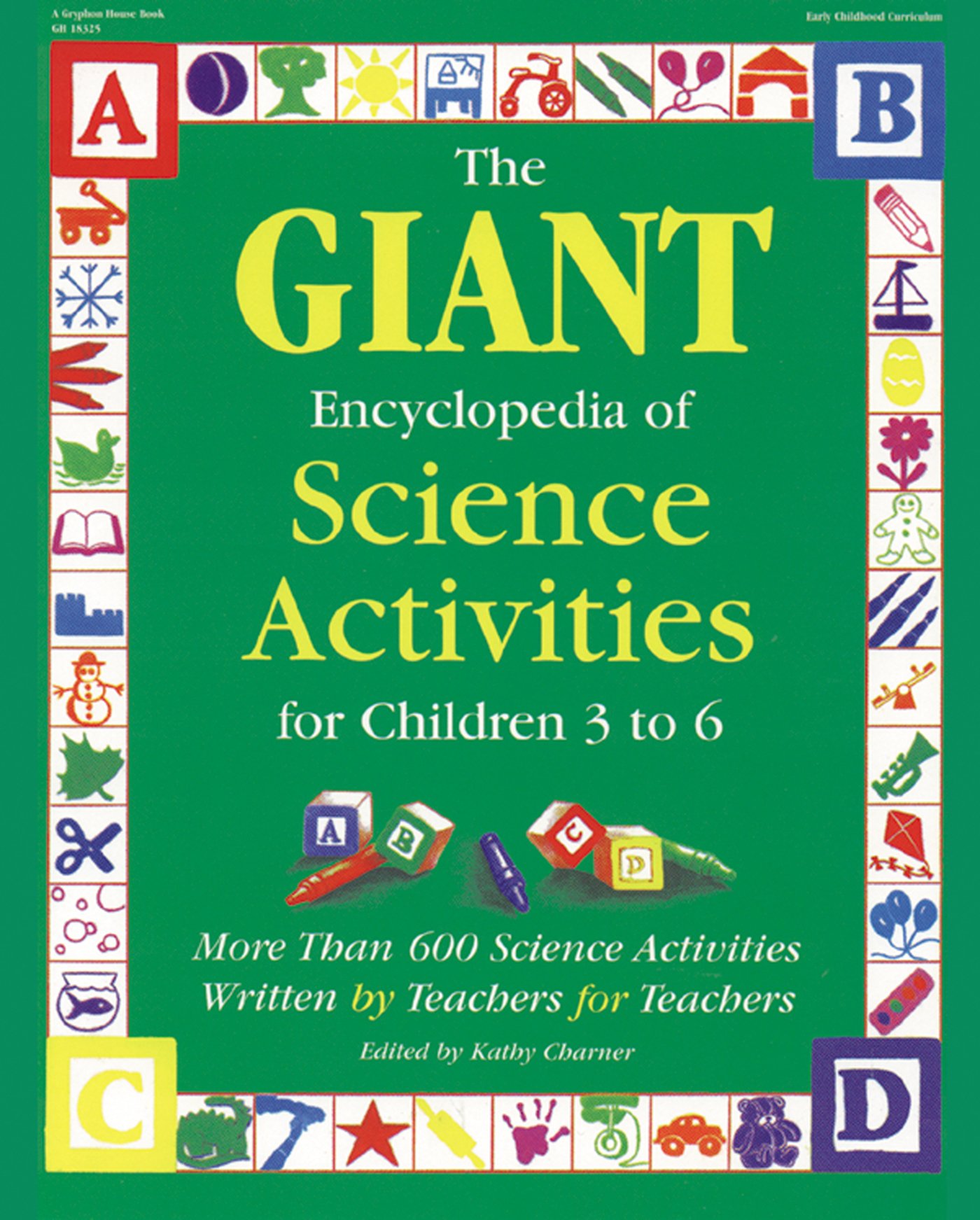Materials
- Construction paper, wide variety of colors
- Cotton balls
- Glue or paste
- Brown fingerpaint or tempera paint
- Farm animal stickers
- Short and long pieces of straw
- Red and black felt
- Black markers or crayons
- Yellow crayons
What to do
1. Talk with the children about what living on a farm might be like and how it would differ from living in a city. You can also talk about driving farm equipment instead of cars.
2. Talk about where the food we buy at the store comes from and how it is grown. You can discuss the different types of weather farmers need to have their crops grow and when they might be harvested.
3. On day one of your farm discussion, cut large pig shapes from pink construction paper and let each child paint brown mud on their pig. Give each child a sheet of manila construction paper with a cow drawn on it. Let the children cut or tear black and white squares or spots from construction paper and paste them onto the cows.
4. On day two, give each child a piece of manila construction paper with a scarecrow drawn on it, or let them draw their own scarecrows. Give them precut clothes (hat, shirt, pants) cut from various colors of construction paper to paste on the scarecrow, or let them cut or tear their own version of clothes to paste on. Glue pieces of straw to the ends of arms and legs. As an option, tear small pieces of paper to paste on clothes as patches.
5. On day three, draw lambs on white construction paper, and give one to each child. Cover the lamb with glue and give each child cotton balls to pull apart and paste on the lamb. Use a black marker or crayon to add the face.
6. On day four, help the children cut large barns from red construction paper. Each child can paste her barn onto a piece of manila paper and then add stickers of different farm animals. The animals can be in or out of the barn. Perhaps she'll want to glue some or all of the previous day's projects onto the scene.
7. On day five, encourage the children to draw large nests on manila paper. Give them white or brown oval shapes for eggs to paste in the nest, or let the children cut out or tear out their own eggs. Count out how many eggs are in each nest and write the number under the nest.
8. On day six, cut one large and one small red rectangle and one large and one small black circle for each child from construction paper. Paste the pieces together on a sheet of manila paper to make a tractor. Let the children also take turns putting together similar shapes from felt to make tractors. Small groups of two to three children can work together.
9. On day seven, cut out vegetables from construction paper, such as green beans, green pea pods, red tomatoes, yellow ears of corn. Give each child one of each vegetable to make a "sunshine garden." Let each child paint the bottom area of a piece of manila paper brown for soil. Paste the vegetables over the soil after the paint dries. Encourage the children to decorate their pictures further, perhaps adding a big bright sunshine or some clouds, grass or flowers.
10. On day eight, cut out more vegetables from construction paper, like orange carrots, brown potatoes, brown onions, red radishes. Give each child one of each vegetable to make an underground garden. Cover a piece of manila paper with brown paint. When it dries, the children can paste their vegetables on it. Alternatively, children could paste these underground vegetables onto their pictures from the day before.
More to do
- Math: Count the eggs each child put in his nest. Compare each nest to see which has more or fewer eggs.
- Science: Plant bean seeds and watch them grow in your classroom.
- Movement: For a gross motor activity, pretend to be farm cats. Stretch, slink, paw the ground, crawl, arch your backs up and down, and go to sleep. * Pretend to be scarecrows bending and swaying in the wind. Talk about why farmers use scarecrows.
-Diane K. Weiss, Fairfax, VA
